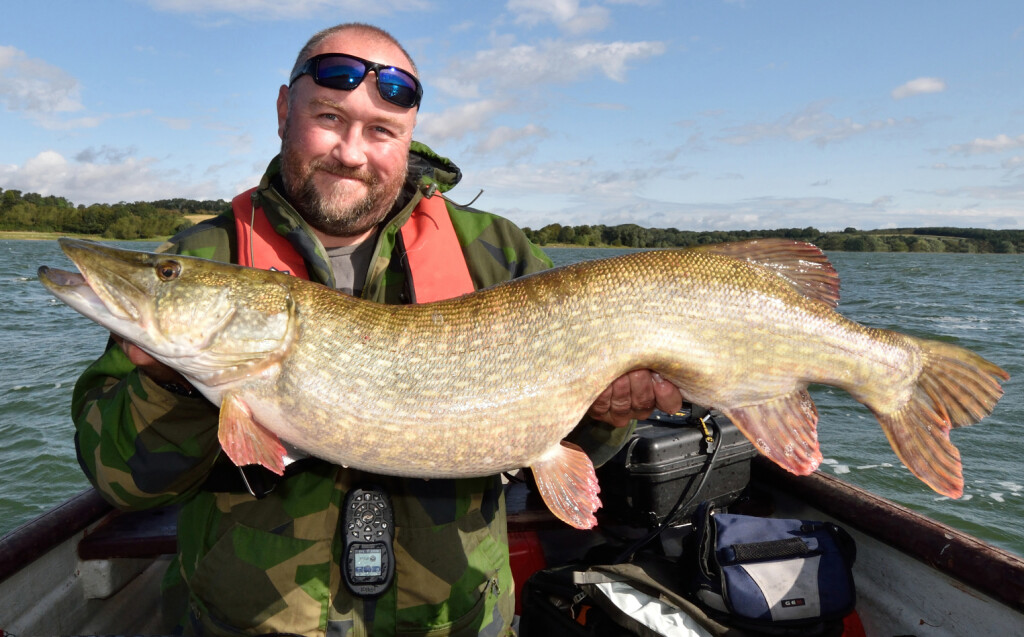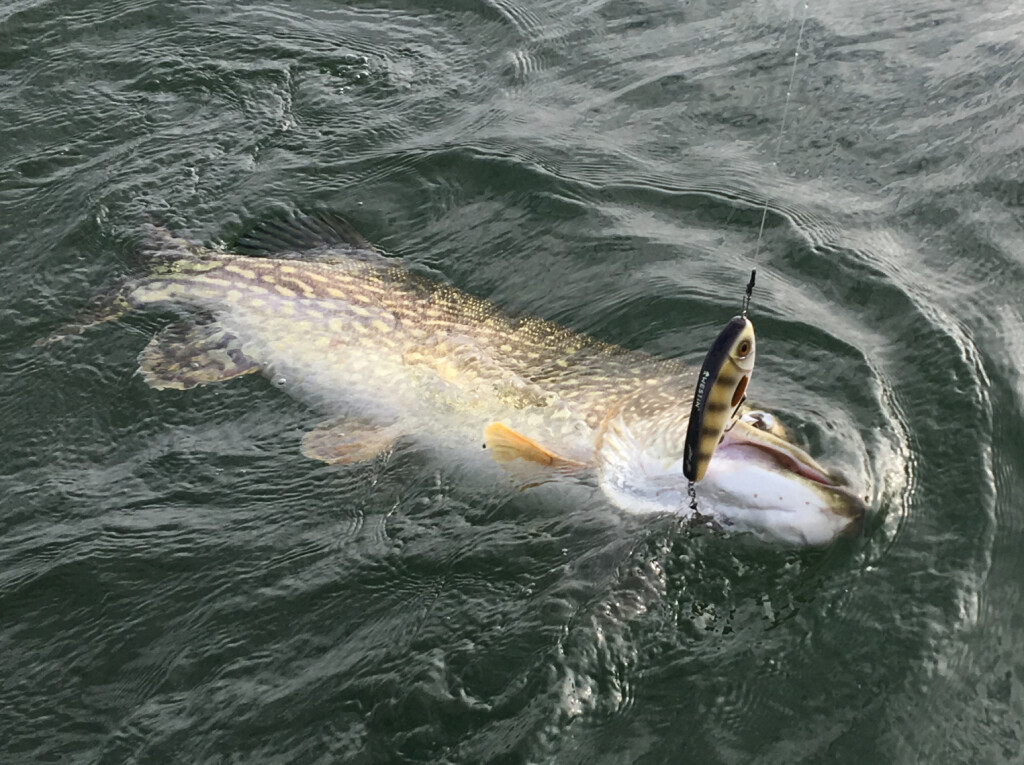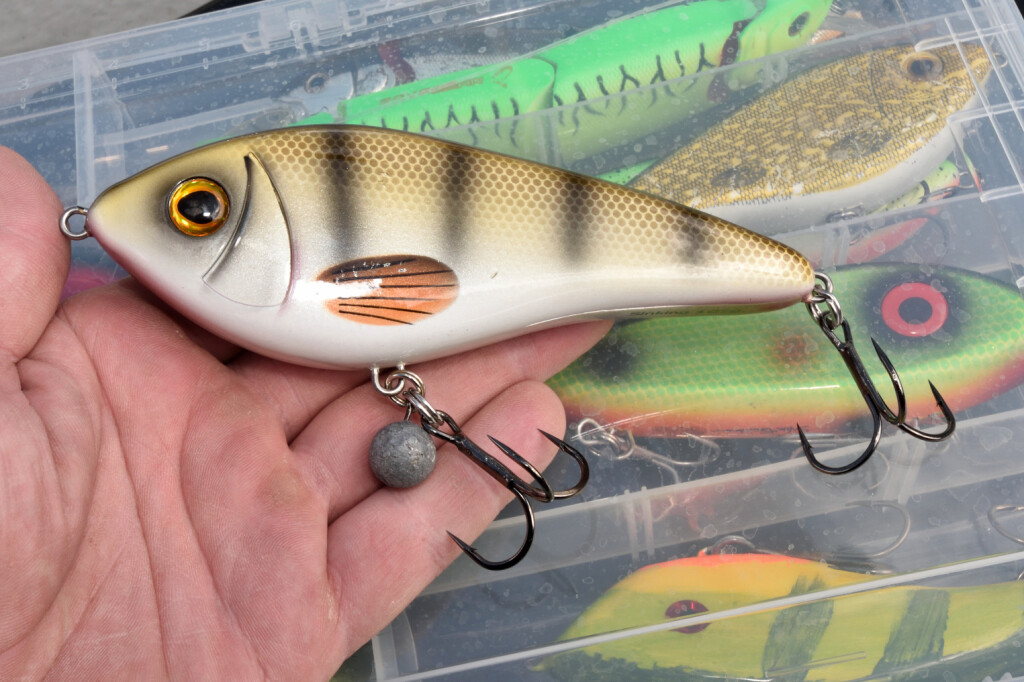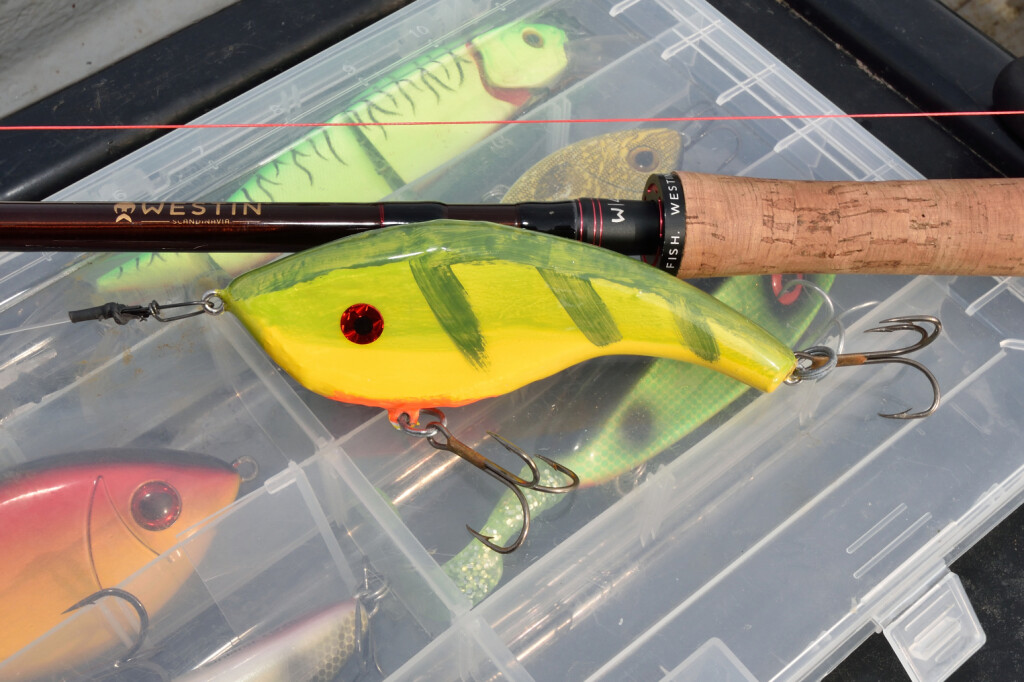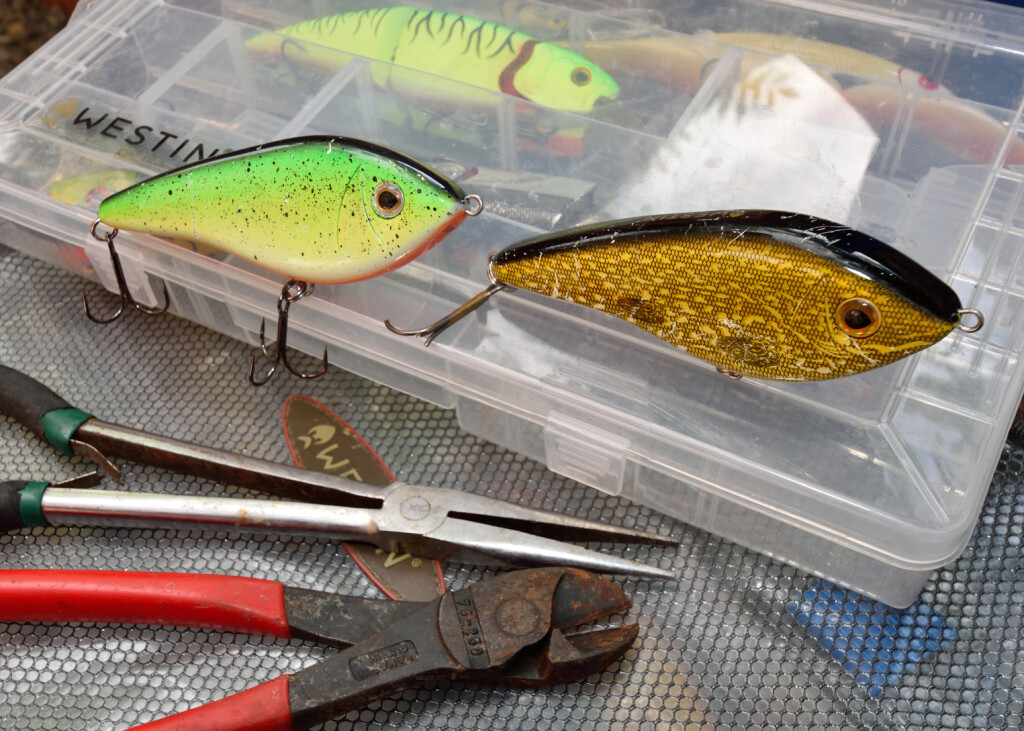Jerkbait Time!
It can be argued that Jerkbaits work at any time, which is true if you are prepared to fish them really slowly, though I find them the far more effective early season up until the end of November and then post spawn in May. Both these times of year have one thing in common and that’s water temperature, when the water temperature is fairly high (for pike) they are usually very active in the water column, and are aggressive – chasing bait fish and doing a lot of feeding.
Jerkbaiting is one of my favourite ways of catching pike, it’s massively effective on the right waters, and has fallen out of favour somewhat in the last few years, with most predator anglers preferring to cast shads or swimbaits. This means that on some waters they are effectively new lures – as the pike haven’t seen them before.
The main benefit of jerkbaits is that they work completely differently to any other lure on the market. Most lures will, on the retrieve, come back on a straight line of attack. Shads, Swimbaits, Crankbaits, Spoons – all of them fall into this singular retrieve style. Yes, you can add pauses and speed-up’s, but it is still a linear retrieve. Jerkbaits, on the other hand, twist and jump from side to side in the water, on the pause they can glide for several feet to one side, something all other lures can’t do. This retrieve is something the pike find irresistible, it mimics how an injured fish swims in the water, in stops and spurts first one way and then the other.
There are few misnomers with jerkbait fishing – firstly that it is a shallow water method. This is mainly due to the fact that most commercial jerkbaits generally come in slow-sinking or suspending versions. Very few are made to fish more the 6ft deep. This isn’t really a problem as most waters are fairly shallow anyway. I am happy to fish in the top layers on most waters, and will use jerkbaits in waters up to 20ft deep. However, if the fish are tight to the bottom, or you need to fish deeper than this, then you either need to make your own or add some weight to them. Adding weight isn’t always as easy as you think, as put it in the wrong place and it will dramatically alter how the jerkbait works in the water. In an emergency you can jerry rig a jerkbait to make it faster sinking, I find the best way is to clip a tungsten weight to the middle hook of the bait – this way most of the action is kept, but I find you never get the same movement on a heavily- weighted bait as you do with a neutrally buoyant one and the “hang time” is certainly affected. For a more permanent fix, you can either drill them and weight them or if your lazy like me add a strip of lead to the bottom and araldite it on.
The other misnomer with jerkbaiting is that you have to have strong stiff rods to use them. This may have been the case ten years ago – when we were using broomsticks to impart action into heavy wooden lures, but now most lures are quite light and often made out of high impact plastic. The design of modern jerkbaits is so good that often you don’t even need to twitch the rod at all to get them swinging from side to side. In fact, some baits are so lively that you have to have a static rod to prevent them tangling up on the retrieve. Hooks too have improved, and out have gone the big heavy-duty thick wire trebles that were hard to set, and now ultra-sharp medium-thickness hooks are the norm, and you can set these easily with most lure rods.
Each jerkbait will work in its own unique way, and it is important to know how they work before casting them out, I always try them in the margins to see what works best. Some need a long pull of the rod, and then a big pause, as they glide or hang in the water. Others need quick taps of the rod to get them swinging from side to side.
One thing to keep in mind when jerkbaiting is that the hits more than often come on the pause in-between retrieves, so it is vital that you keep in touch with the jerkbait at all times, which is easier said than done – especially with aggressive gliding ones. Due to this most anglers that do a lot of jerkbaiting have fast reels – to make sure they take the slack up quickly to prevent missed takes. This is especially important when fishing forward from a drifting boat, as this can put a lot of slack in the line and effectively reduce the impact of jerkbait fishing. It is far better fishing from a static boat as you can keep in contact with the lure easier. If you have to fish from a moving boat, cast out of the side of the boat, as the drift will then help keep the main line tight and the lure working as you drift.
Top Jerkbaits:
Westin SWIM
This glide bait is so easy to use you don’t even have to impart rod action, and can work it on turns of the reel. My favourite colours are “Natural Pike” for peat-coloured waters and “Toxi Mahi” for clear waters. They come in loads of sizes, but 12cm sinking is the one I use the most. They cast like a bomb as well, so you can really chuck them when you need to! I like to replace the rear treble with a bigger 2/0 hook as this calms them down a bit in the water as they can over-glide if you put too much action in them.
Homemade baits
The beauty of Jerkbaits is that often the best ones are ones you have made yourself, simply by shaping and weighting a bit of hard wood, then you paint them any colour you like and give them a quick coat of “Evotex” and you’re done. Each bait like this is individual and will have its own nuances, some are good catchers some less so, but one thing is for certain, they are unique and the fish won’t have seen them before. I have several I have made myself, and it’s a great feeling to catch a big twenty on something hand-crafted.
Tip – Cutting Hooks:
If you are thinking about getting into jerkbait fishing, then you really do need the right tools to unhook your fish afterwards. The usual long handled forceps simply won’t cut it here. Unfortunately, due of the way jerkbaits work some hook ups can be a bit of nightmare especially if two big hooks have become twisted on the take, to add to that they are a “hard” bodied bait which can also act as a lever to the hooks sometimes twisting them at awkward angles. This all sounds terrible for the pike but with the right tools removing the hooks is a pinch of salt. One thing you must have is side cutters or bolt croppers, then all you do is cut the bends of the hooks off, pull the lure out and then remove the points! There is no pulling or twisting on the fish and then all you need to do is put on replacement hooks and away you go.
